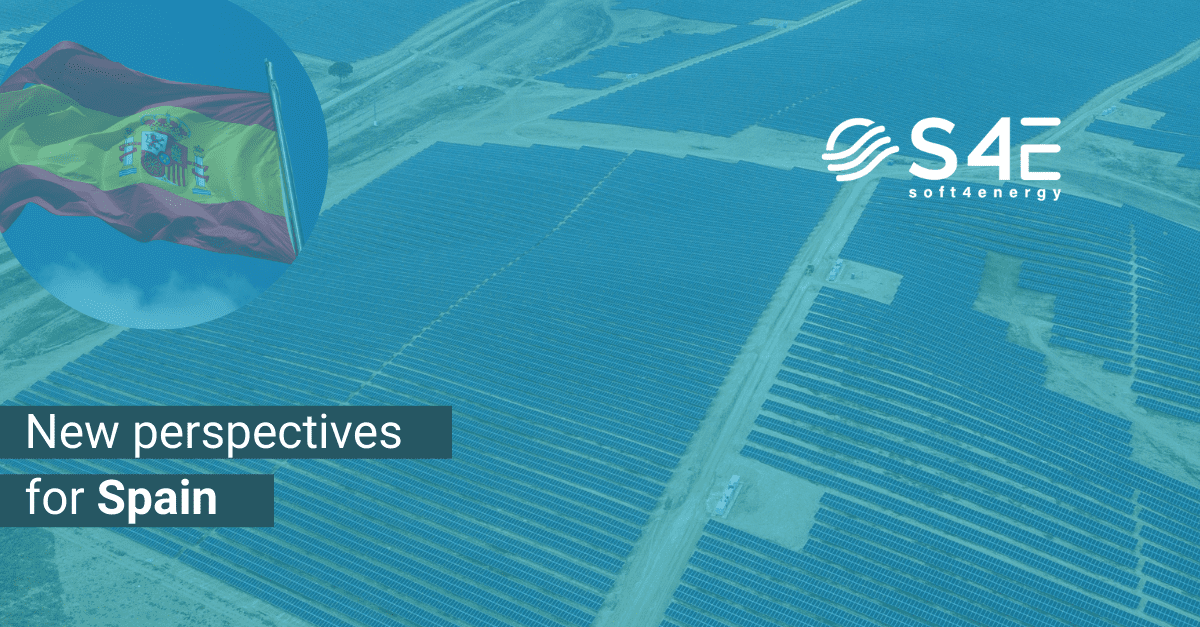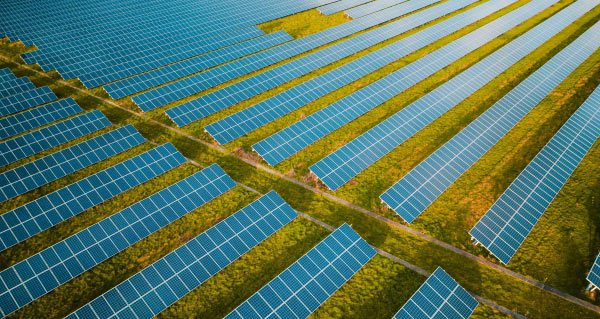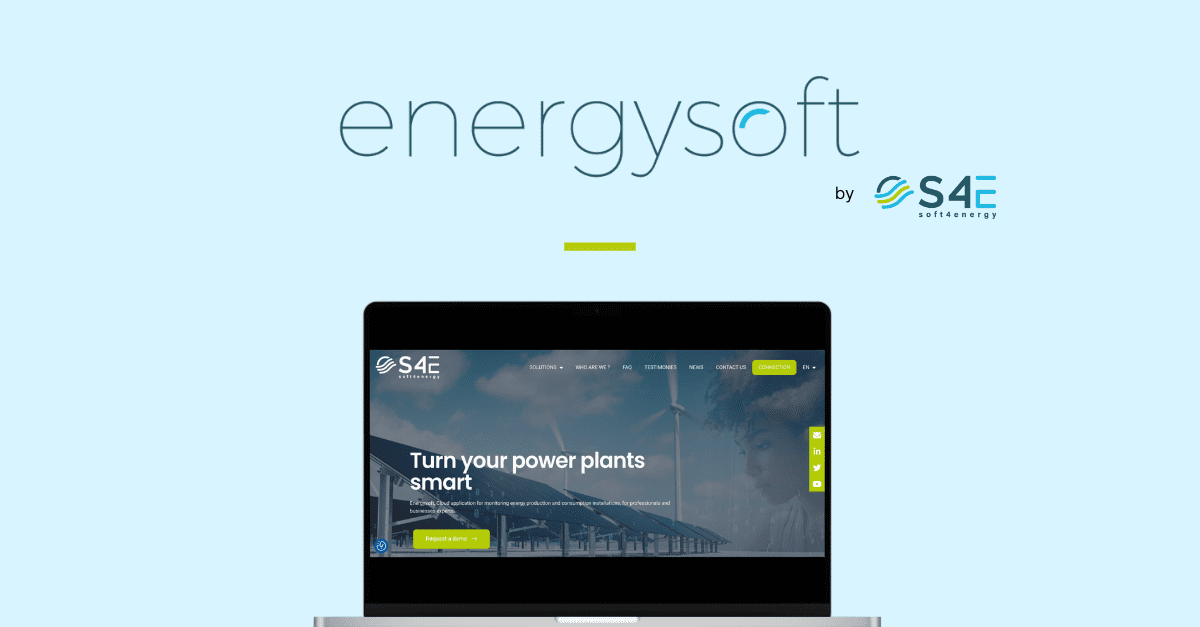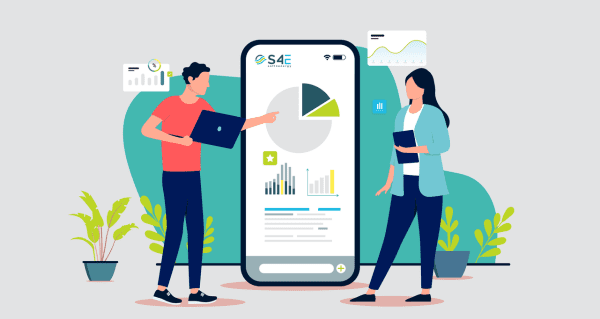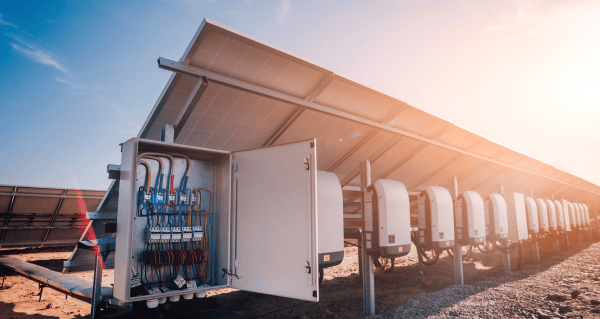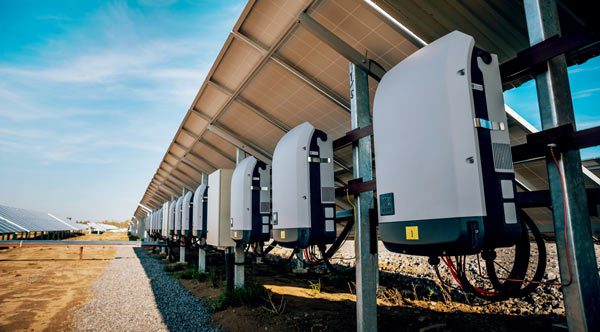For the first time, the International Energy Agency (IEA) has recognized that “solar is the new king of energy markets” offering “some of the lowest energy costs we have ever seen.”
Record levels have been reached in 2021, especially in terms of electricity prices. This is confirmed with demand for solar energy in the European Union rising sharply.
European solar power has surpassed the previous year’s installation levels reaching a growth of 34%, in other words, an additional 25.9 GW of solar capacity!
This positions PV as “the leading renewable energy to decarbonize the energy sector.”
Prospects for the country’s individual and collective self-consumption
Michèle Lamothe, a consultant specializing in solar energy, has produced a detailed analysis of the situation and future goals for Spain’s individual and collective self-consumption.
Let’s see how the country has achieved such a success and what its ambitions are, through the point of view of the active member of the Enerplan syndicate.
The objective is clear: to reach 100% ENR in 2050. The country will therefore exclude coal, gas, oil and nuclear power.
What an inspiration for other countries!
But while waiting to get there, the challenge for Spain remains to reach the 2030 objectives of the PPE, which foresees 39 GW installed in solar photovoltaic, including 9 GW in self-consumption.
The country also intends to strongly develop wind power in the coming years.
Spain has established 37 measures this year, contributing to the acceleration of the development of individual and collective self-consumption, the main objective of its Recovery, Transformation and Resilience Plan (PRTR).
Within the territory, according to the Spanish Ministry of Energy, PV* has dropped significantly in terms of cost and “it appears to be profitable and virtuous in the context of the energy transition”.
Photovoltaics brings many benefits, in fact, “it helps to fight against fuel poverty, create jobs, and improve the competitiveness of industry and agriculture.” 1
However, there are still obstacles that the sector will have to face in 2022, such as the lack of knowledge and confidence of citizens and companies in the potential of self-consumption. The country, but also Europe, will have to find solutions to overcome this obstacle.
2022: the launch of a third tender for 500 MW !
After two REER** auctions held last January and October, in which 2,902 MW of photovoltaic technology and 3,256 MW of wind technology were awarded, it is now the turn of a third auction to take over!
The Spanish government has just launched the third renewable energy tender for 500 MW.
This is a new date to note in its calendar: April 6, 2022.
The country has innovated by launching this tender based not on energy prices or capacity, but on the level of support required. Thus, an auction process has been developed!
But how does an auction process work?
A system created in 2013, it is a tool increasingly used to allocate new capacity. Before the organization of an auction, the maximum power or energy quota to be auctioned must be established. The government, which is in charge of setting up this system, sets criteria to include projects with specific characteristics, such as small installations or innovative projects…
During this auction, after a bidding process, participants make their bids in real time and can observe those of their competitors. The winners will then receive different prices according to their bids, in what is called a “payment as auction” system.
In order for these auctions to be successful, it is essential to gain the confidence of investors by allowing participants to determine the auction price in a transparent manner.
For Spain, 500 MW will be offered in accordance with the Economic Regime for Renewable Energy (REER). A certain distribution has been developed:
– 200 MW for thermoelectric solar
– 140 MW for distributed solar photovoltaic
– 140 MW for biomass
– 20 MW for other technologies
According to the Spanish government, “in the event that the reserves for solar thermoelectric plants, biomass and the rest of the renewable technologies are not allocated in full, the excess power can be assigned to other offers of these same technologies. The awarded solar PV plants will have two years to be built from the award, while the rest of the more complex technologies will have four years.” 2
Who can participate ?
– Citizens,
– SMEs
– Local entities
Developers will simply be able to bid on “the price they are willing to charge for the energy they produce in their plants, with some exposure to the market price”. In Spain, photovoltaics has developed on a commercial scale and could reach a very large market share in the near future. This is one of the countries to watch closely!
In line with these trends, S4E offers its monitoring solution, Energysoft, to Spanish PV players. Contact us for more information.
About S4E
Founded in 2010, S4E is a software company, specialized in energy information systems. ENERGYSOFT monitors today more than 9000 installations allowing the diversification of the energy mix in the territories, more than 1,8 GWp of projects. This solution is dedicated to the monitoring and maintenance of decentralized production plants on roofs or on the ground connected to the grid, in self-consumption with or without energy storage means.
*PV = Photovoltaic
**REER : Renewable Energy Economic Regime
The REER, implemented only in Spain, provides standards to protect consumers. Considered as a system that aims to promote clean energy solutions, it allows for potential savings in electricity production costs resulting from the use of renewable energy.
